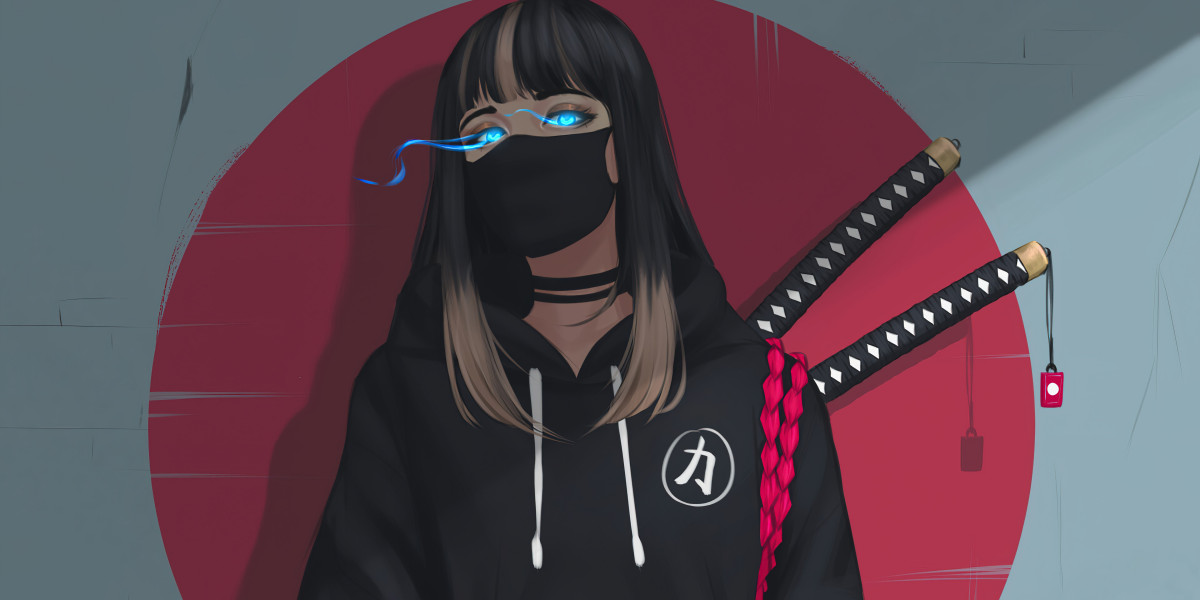Transform Your Restaurant Bar with These Game-Changing Lighting Secrets!
Lighting plays a crucial role in setting the mood and atmosphere of any dining establishment, especially in a restaurant bar where social interactions and relaxation are key. The right lighting can enhance the overall ambiance, drawing in customers and influencing their dining experience. Dim lights can create an intimate setting, while brighter fixtures can energize the space. In this article, we will explore the secrets of effective restaurant bar lighting design, discussing how it can attract patrons, shape their perceptions, and ultimately contribute to a successful business. From the types of lighting to practical design tips and sustainability considerations, let’s illuminate your understanding of this essential aspect of restaurant design.

The Role of Lighting in Restaurant Bars
Lighting is more than just a practical necessity; it is a powerful tool that influences the mood and behavior of customers. In a restaurant bar environment, the right lighting can create a welcoming atmosphere that encourages guests to linger longer and enjoy their time. For instance, soft, warm lights can evoke comfort and intimacy, making patrons feel at home, while cooler lights can impart a modern, vibrant energy, suitable for lively gatherings. Moreover, lighting can affect spatial perception—correctly placed fixtures can make a small bar feel more spacious or a large area feel cozy. Understanding the psychological impact of light on customer experience is essential for any bar owner looking to optimize their space.
Types of Lighting to Consider
When it comes to restaurant bar lighting, it’s essential to incorporate a mix of different types of lighting. Ambient lighting serves as the foundation, providing general illumination that fills the space. This can be achieved through overhead fixtures or wall-mounted sconces. Task lighting, on the other hand, focuses on specific areas where activities occur, such as behind the bar or over tables, ensuring that staff can work efficiently and customers can read menus easily. Lastly, accent lighting adds flair, highlighting unique design features or artwork, creating visual interest and drawing attention to specific areas. Combining these three types of lighting can create an engaging and functional environment that caters to various needs within the bar.
Design Tips for Effective Lighting
Designing an effective lighting layout for your restaurant bar requires careful consideration of placement, brightness, and color temperature. Start by identifying key areas that need illumination, such as the bar, seating areas, and entry points. Use dimmable fixtures to adjust the light levels according to the time of day or the mood you want to create; this flexibility can dramatically alter the atmosphere, making it more intimate during late-night hours or more vibrant during peak times. Additionally, consider the color temperature of your lights—warmer tones (around 2700K) create a cozy feel, while cooler tones (above 4000K) can energize a space. Mixing different color temperatures within the same environment can also provide depth and interest.
Creating a Unique Ambiance
Every restaurant bar has its own theme or brand identity, and lighting can significantly enhance this uniqueness. Consider incorporating distinctive fixtures that reflect your brand’s personality—whether it’s rustic chandeliers, modern pendant lights, or vintage Edison bulbs. For instance, a friend of mine opened a speakeasy-style bar that features retro-style lighting, which perfectly complements the 1920s theme. Using colored or tinted glass can also add a touch of creativity and intrigue, allowing for an ambiance that captivates customers. Additionally, layering lighting—combining ambient, task, and accent lighting—can further enhance the overall experience, making the space feel dynamic and inviting.
Energy Efficiency and Sustainability
In today's world, sustainability is more critical than ever, and restaurant bars are no exception. Opting for energy-efficient lighting solutions, such as LED bulbs, not only reduces electricity consumption but also lowers operational costs. Furthermore, incorporating smart lighting systems allows for automated adjustments based on time or occupancy, maximizing efficiency while minimizing waste. Adopting sustainable practices in your lighting design not only benefits the environment but also enhances your establishment’s appeal to eco-conscious customers. It’s a win-win situation that reflects well on your brand image and operational budget alike.
Key Takeaways on Restaurant Bar Lighting Design
In conclusion, the design of lighting in a restaurant bar is a multifaceted aspect that can significantly influence the success of the establishment. From setting the right mood to enhancing the overall aesthetic, effective lighting plays a pivotal role in attracting and retaining customers. By understanding the different types of lighting, applying practical design tips, creating a unique ambiance, and prioritizing energy efficiency, bar owners can transform their spaces into inviting havens for guests. Implementing these game-changing lighting secrets can elevate the dining experience and ultimately contribute to a thriving bar environment.













